As she moved through her late 40s, change started sneaking up on Darcey Nawrocki.
Normally even-keeled, she began to notice herself changing.
“I started snapping at my kids so often that I was constantly apologizing,” she said. “I cried at every commercial. I noticed I was often having two glasses of wine instead of one. My back was killing me. I was struggling with incontinence. And I was gaining weight.”
She had previously sought medical advice for her perimenopausal symptoms, but this past summer she began to feel utterly overwhelmed.
Her oldest child was living away from home and headed into his senior year of college, adding to her sense of struggle. Her husband had been diagnosed with Waldenstrom macroglobulinemia, a type of cancer that begins in the white blood cells. While it’s treatable, it’s not curable.
“I was a hot mess,” Nawrocki, of Allendale, Michigan, said.
Midlife changes often ambush women in just this way, said Julie Ondersma, a nurse practitioner and midlife and menopause specialist at Spectrum Health.
“For years, they manage,” Ondersma said. “But life doesn’t get easier as we age. And those physiological changes come just as their plates are very full. And they realize, ‘There’s no room in my life for taking care of me.’”
Ondersma is now treating Nawrocki at the Spectrum Health Women’s Health and Wellness Center.
Nawrocki said she quickly began to pour out her concerns.
“Julie just kept asking questions,” Nawrocki said. “About foods I was eating. About my sex life. She didn’t just ask if I was exercising, but how. It’s the kind of thoroughness I’d never experienced before.”
The 360-degree view of her life took Nawrocki by surprise. It helped her realize how many parts of her life seemed out of control.
“She didn’t care about just one part of my problem, she cared about all of me,” Nawrocki said.
The right support
That holistic approach is the whole point of the Women’s Health and Wellness Center. With so many specialists in one spot, the teams can effectively pinpoint and treat each woman’s symptoms.
After those initial evaluations, Nawrocki began receiving an estrogen patch and progesterone pill.
Now age 52, she had previously tried those medications but had given up because of costs. Ondersma set her up with a three-month supply and made sure the prescriptions were financially feasible for her going forward.
Next they dug into the symptom Nawrocki found most distressing: her weight gain.
Ondersma, whose ongoing doctoral work focuses on weight gain in midlife women, led her to a nutritionist.
“She switched to a style of eating that’s more like the Mediterranean diet, with plenty of chicken, whole grains and produce.”
“There is no magic pill to make this all better,” Ondersma said. “Lifestyle changes have to be part of it. Unless there are healthy underlying habits, it’s like you’re trying to build a house on sand.”
Next, Nawrocki began meeting with Elizabeth Harris, a physical therapist specializing in pelvic rehab. Harris helped her address incontinence, a common problem in midlife, when declining estrogen levels begin to dry and shrink the urethra.
Harris said she quickly made connections between Nawrocki’s incontinence and the back pain that had plagued her for 20 years.
“In back pain, we tend to see abdominal weakness,” Harris said. “And abdominals are also a part of pelvic floor dysfunction—and can be a feature of urinary incontinence.”
She taught Nawrocki exercises that target the inner core, “which is like the canister of the abdomen.”
It’s managed by four primary muscle groups.
“The pelvic floor is the foundation,” Harris said. “The top of it is the respiratory diaphragm. And the walls are made up of the deep abdominals and little back muscles.
“All of those have to work together.”
The approach, Harris said, goes beyond the standard Kegel exercises women are taught during childbirth classes.
Four weekly visits are typically enough to get recovery moving, usually resulting in a 50% improvement in symptoms, she said.
“Once we get that trajectory going, patients are usually able to get to maximum improvement on their own within six months, just by doing these basic exercises three or four times a week,” Harris said.
Nawrocki also continues to see Ryan Felix, DO, at the Spectrum Health Spine & Pain Management Center.
“Healing my back pain is a big part of why I’m doing so well,” she said. “He’s a really caring, genuine and intuitive person–and also has this passion for seeing patients as whole people.”
‘It’s coming for everyone’
Ondersma hopes more women will seek help for perimenopausal symptoms, or at least talk to their health care providers.
Many patients don’t understand that physical changes begin well before they have their final period, she said.
Perimenopause can last four to eight years. It starts when the length of time between periods starts to fluctuate and it ends one year after the last period. The average age is 51.
It can have a profound physical and emotional impact on women.
Nawrocki said the emotional upheaval felt tougher than the physiological changes.
“I was really freaking out,” she said. “And I can’t believe women don’t talk to each other more about this.”
To Ondersma, the cultural avoidance of conversations about menopause is striking.
“I think of it like Christmas,” Ondersma said. “Everyone knows it’s coming—it’s the 25th of December every year. But two weeks before, people act surprised that it’s so close. It’s the same with menopause. The average age is 51—and it’s coming for everyone.”
The holistic approach has changed everything for Nawrocki.
Her calm has returned. Her back problems, a steady part of her life for at least 20 years, are under control thanks to injection therapy.
She’s lost 20 pounds and, thanks to physical therapy, the incontinence is gone.
She’s lifting weights.
She’s back in her creative element, operating a traveling art studio around the Grand Rapids region.
The experience has taught her that, more than anything, people need to talk to one another about menopause.
“There’s no reason we should have to go through this alone when there is so much help available,” Nawrocki said.
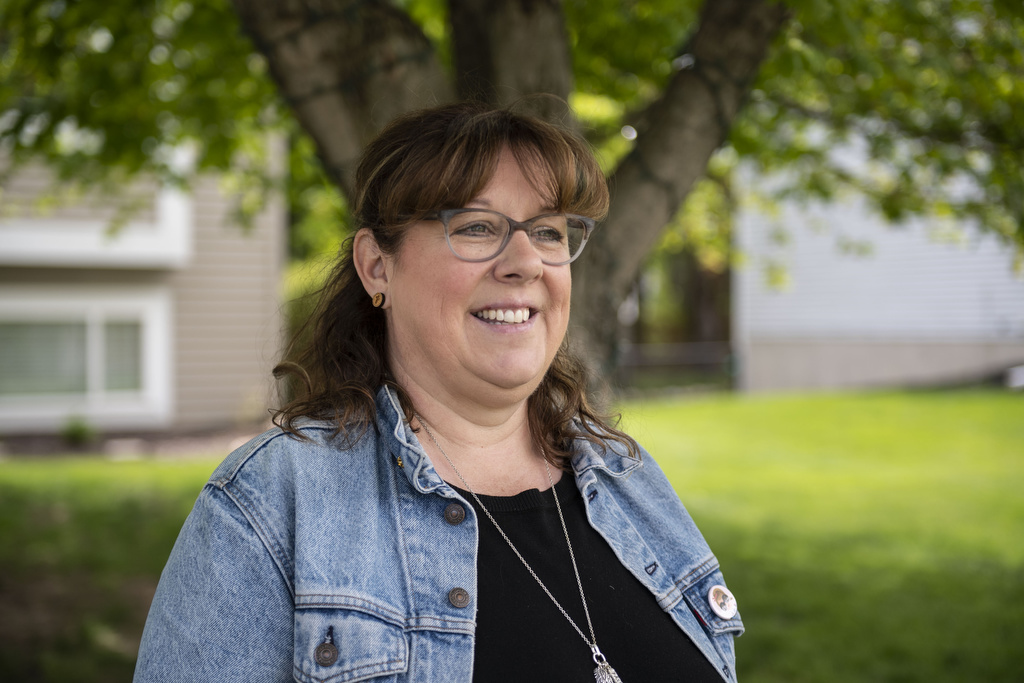

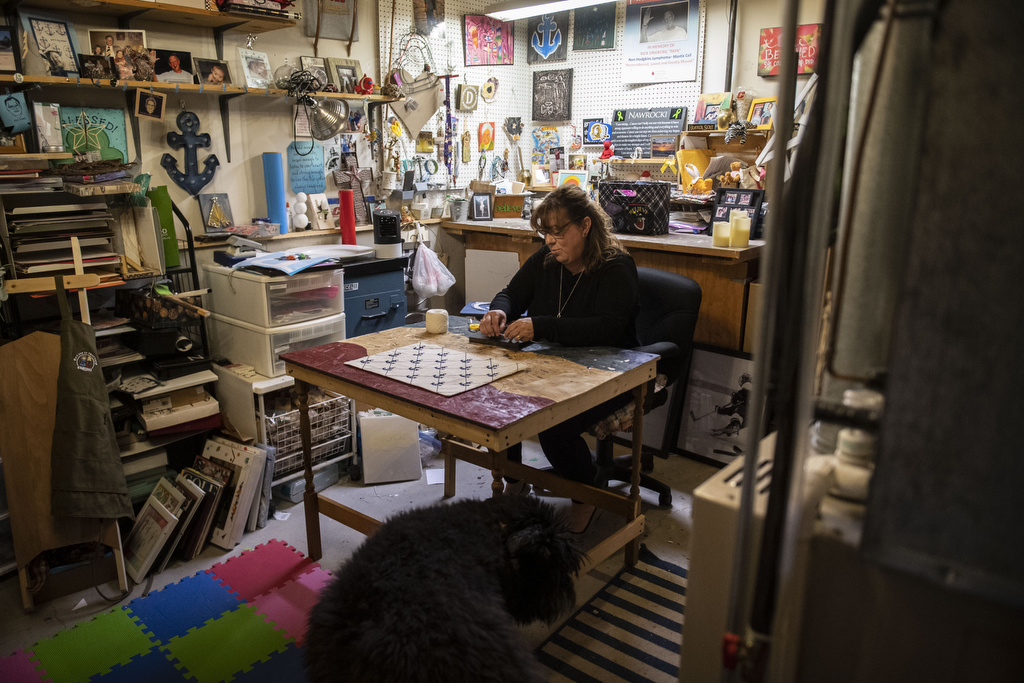
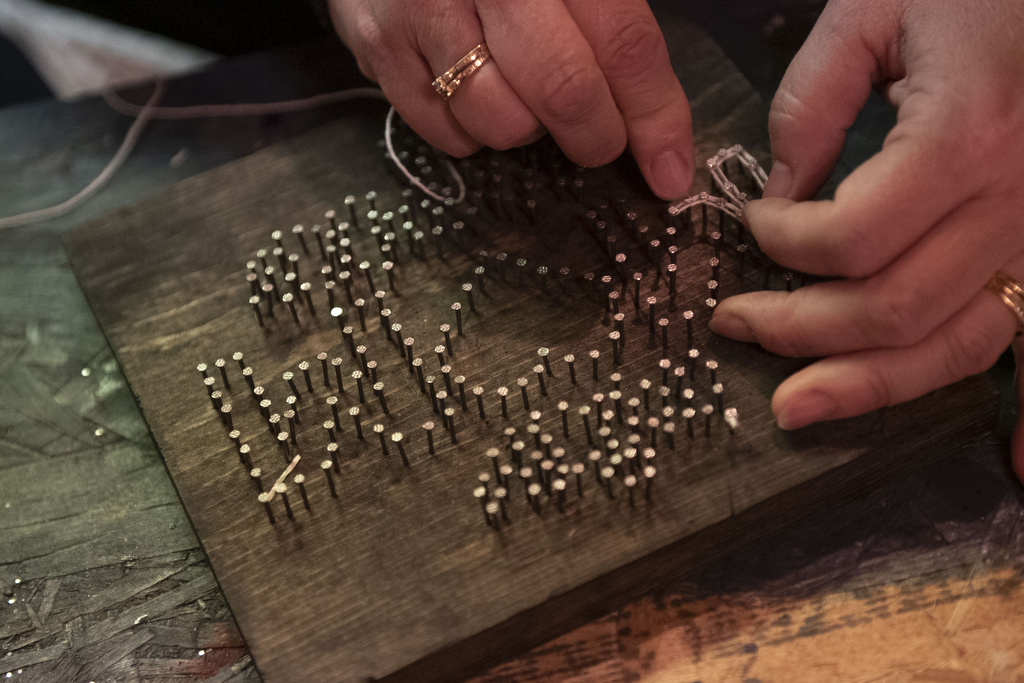

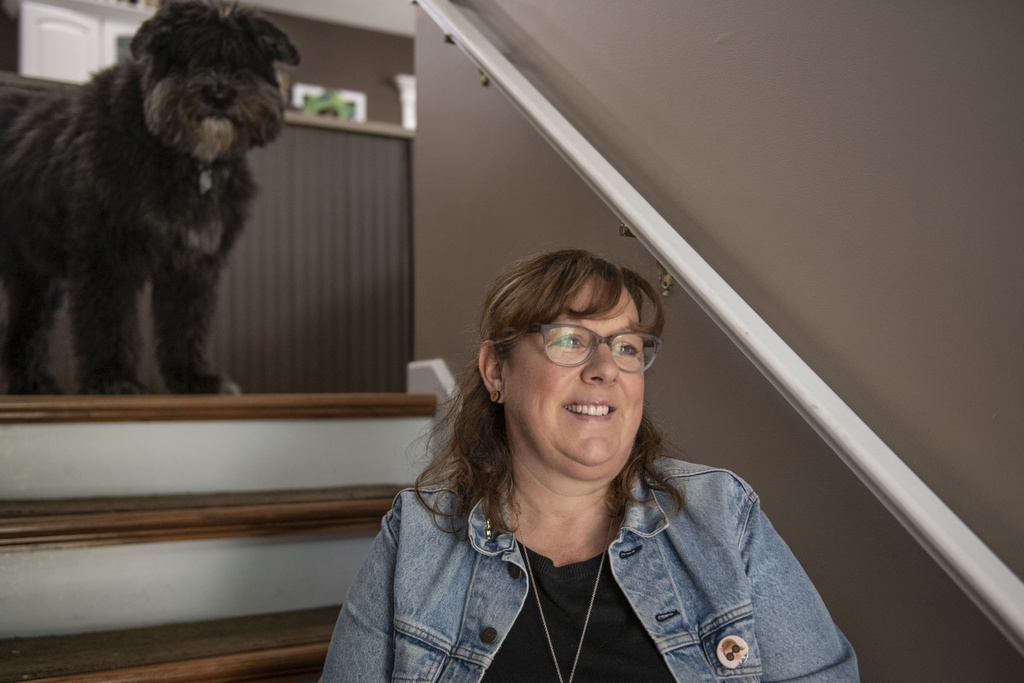

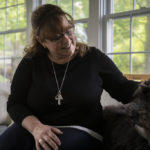

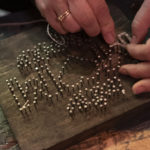
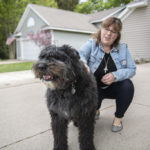
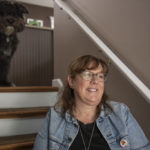
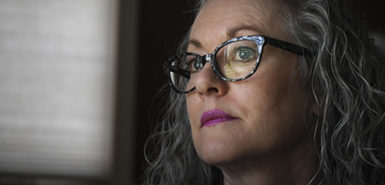 /a>
/a>
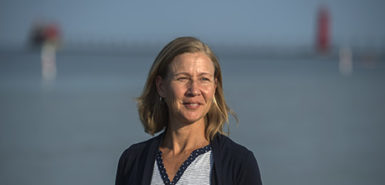 /a>
/a>
 /a>
/a>